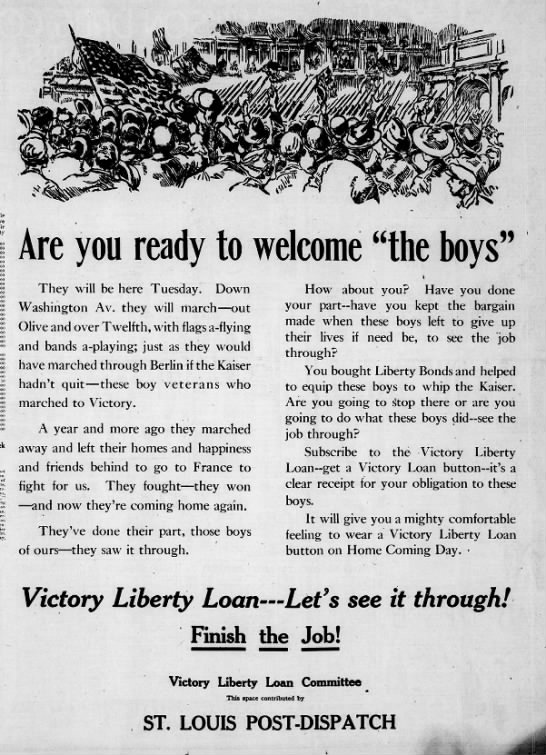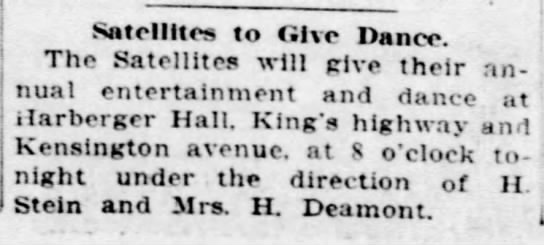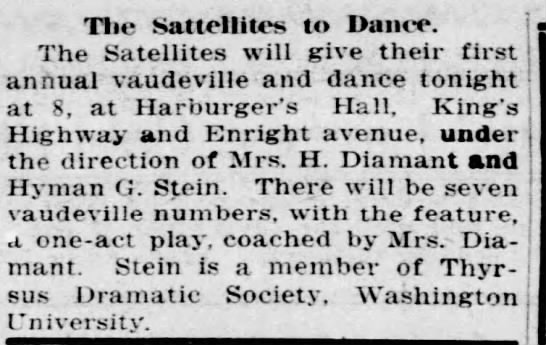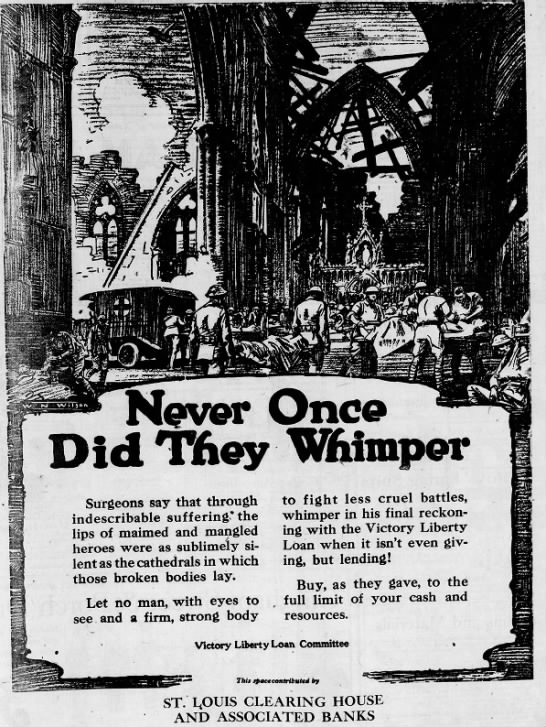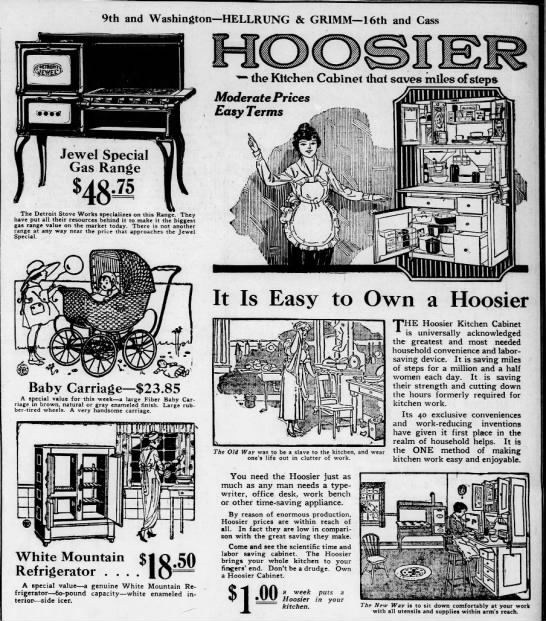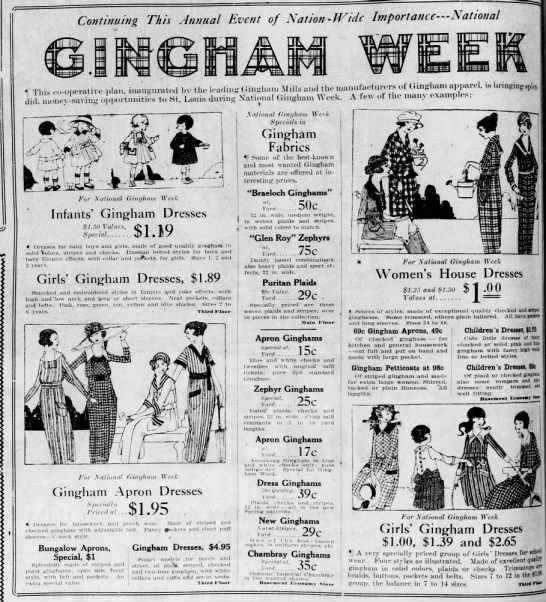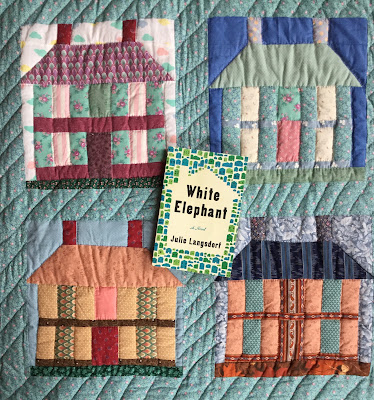The Classics Illustrated Comic Books were my introduction to the great books and motivated me to read them during my teen years. I found a cheap set of paperback abridgments that motivated my son to read the classics. I understand the importance of making children familiar with the great books.
This series not only presents the stories but also offers loads of aids beginning with a character page.
 |
| Sense and Sensibility Character Page |
'Looking Closer' provides more details from the original book, a paragraph explaining the cultural background of the time period, and suggested further reading, websites, and films.
Last of all, 'Food for Thought' presents starting points for discussion and discusses the book's themes and style.
There are 18 books in the series so far. I received access to two Jane Austen books. Both cloth books are 64 pages long.
Sense and Sensibility
from the publisher:
Marianne seeks a man who shares her eager spirit; Elinor is in love with the polite, considerate Edward Ferrars.
Their younger sister Margaret watches in bewilderment as Marianne and Elinor experience the joys and heartaches of early adult life.
Is Marianne too warm or is Elinor too cold? Whose example should Margaret follow? Margaret records the dangers presented by scheming friends and deceitful lovers.
Will Elinor's sense be strong enough to support both sisters, or will Marianne's sensibility bring tragedy?
What will you learn as you read Margaret's account?
Publication Date: May 1, 2019
ISBN 9781912464128, 1912464128
Hardcover $11.99 USD, £6.99 GBP
Jane Austen's Persuasion
 |
| Persuasion Character Page |
Eight years ago, Anne Elliot was persuaded that her family's honour was more important than her own happiness. She has suffered ever since. Now the man she turned away has returned. Can Captain Wentworth forgive Anne, or will he be charmed instead by the beautiful Louisa? Will Anne be persuaded to marry her cousin, or will she find the strength to follow her heart? The extravagance of Anne's foolish father, the greedy plotting of false friends, and a near-fatal accident bring danger into Anne's safe world. Their hearts assailed by resentment, regrets and rivals, can Anne and Captain Wentworth now reach across the void that separates them to love each other again?
Persuasion
Publication May 1, 2019
ISBN 9781912464142, 1912464144
Hardcover $11.99 USD, £6.99 GBP
The Great Gatsby by F. Scott Fitzgerald is one American title included. That I have to see!
Boys will love All Quiet on the Western Front by Erich Maria Remarque.
Sci-fi classics include The War of the World and The Time Machine by H. G. Wells (my son's favorite abridged stories as a boy) and Jules Verne's Around the World in Eighty Days.
Horror classics Frankenstein by Mary Shelly and Bram Stoker's Dracula will chill some little readers!
Shakespeare is represented with Romeo and Juliet, Macbeth, and The Tempest.
My favorite Classics Illustrated Comic was Les Miserables, and yes, it is included in this series! It was one of the first classic novels I tried to read. And I have read and read it for over fifty years.
Teachers and parents can introduce children to the basic tale and build knowledge and understanding with these volumes.
I received egalleys from the publisher through Edelweiss in exchange for a fair and unbiased review.








